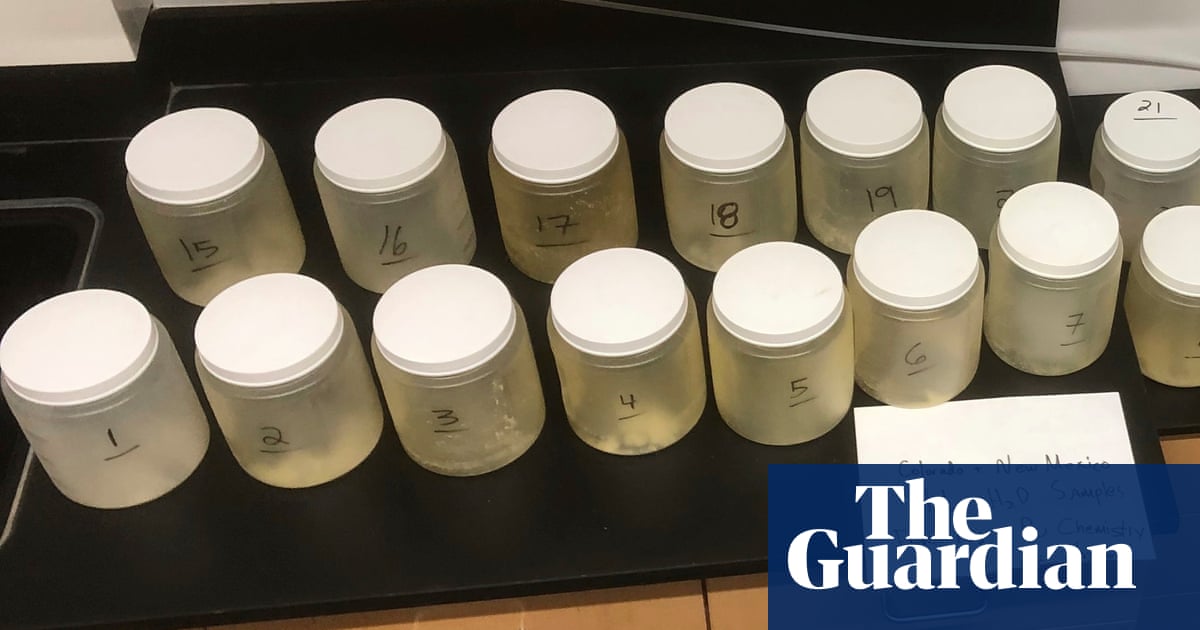Much of the land near the atomic bomb’s birthplace was converted to recreational areas, but toxic waste remains
Soil, plants and water along popular recreation spots near Los Alamos, New Mexico, the birthplace of the atomic bomb, are contaminated with “extreme concentrations” of plutonium, a new study has found, but calls for the federal government to act have been dismissed.
Michael Ketterer, a Northern Arizona University scientist and lead researcher on the project, said the plutonium levels in and around New Mexico’s Acid Canyon were among the highest he had ever seen in a publicly accessible area in the US during his decades-long career – comparable to what is found in Ukraine at the site of the Chornobyl nuclear disaster.
The radioactive isotopes are “hiding in plain sight”, Ketterer said.



The current geological era will have measurable levels of radioactive isotopes different from expectations. Just like we can tell when plants started making oxygen from the Fossil record and rock chemistry, we’ll be able to tell when humans started having some physics fun time in the atmosphere.
Other fun fact is that we’ve added a decent set of new markers for future archeologists to date things with.
I think we’ve caused some of the carbon dating techniques to need a little * in the future, since we’ve shifted the baseline level around quite a bit.
We also added some new radioactive isotopes to the mix, like strontium, which show up in your teeth. Not new-new, but measurably increased levels.
We can actually use the levels in your teeth to predict your age within a year or two.
The discovery of this is part of what motivated the partial nuclear test ban that had both the US and Soviet Union stop testing in the atmosphere.